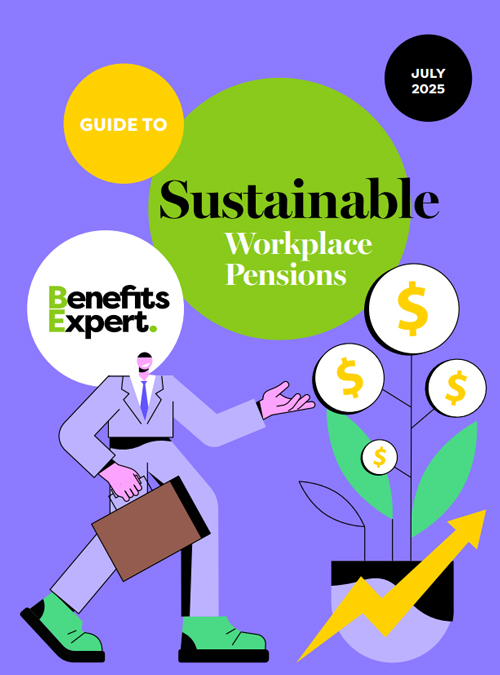The law allows parents to take time out to recover and care for a child – and increasingly employers are taking the step to allow sabbaticals or lifestyle breaks. It’s really important for managers and employees to think about management of the return from a family friendly or lifestyle break.
Communication
Communication is absolutely key. Most employers know that communication with those on family friendly leave is vital, but sometimes really struggle to initiate conversations with those about to take leave. I’d go so far as to say that some employers haven’t even thought about it. The most important element is to have a conversation early on about the importance of communication.
Remember, in the background, the most common complaint about maternity (or any family friendly leave) is employees feeling isolated and not knowing what’s going on. The most common ground for claims by those on maternity leave, in particular, are essentially about being forgotten. A promotion happens, a redundancy takes place – and the person on maternity leave hears about it third hand, if at all… Solid, planned and well executed communication solves many of these problems.
Consider Keeping in Touch days
It’s trite advice to consider Keeping in Touch (KIT) days, but it’s good advice to use them as much as you can. It’s a great way of staying in touch in a non-pressurised environment. I highly recommend that a manager and an employee have a good talk about what a possible KIT day looks like for the appropriate role. Some employees won’t want to use this, but it really does help to keep in touch and one’s hand in with work. From experience I can confirm that it stops you feeling so overwhelmed when you return from family friendly leave.
Managers should discuss the best ways to let an employee know that a KIT day is possible – and be clear that this will be paid. These payments don’t interfere with an employee’s maternity or shared parental leave entitlement, so there’s a small financial incentive as well.
Think about a phased return
Phasing back to a working arrangement really does make sense. An employee may wish to work part time, but the build up to that role should still be a staggered approach. This has many benefits. It gives the employee confidence that they can do this, stops people feeling overwhelmed, offers a test that the childcare arrangements will work well and builds up stamina so that the employee is able to perform at the same level they did previously.
This is something that a manager may want to suggest before the leave starts. Employees can then plan to use up some of their holiday during a phased return back to work or take unpaid leave.
It’s also smart to offer the returning employee some project work – something they can pick up during their phased return and build their confidence before resuming the full time job. A full handover between any interim cover and the employee is essential to make sure that work is transitioned back in a manageable way.
Childcare
Childcare needs to be thought about early. Finding childcare that an employee is happy with and one that has availability is difficult and a challenge. Do encourage employees to start thinking about that at the earliest possible stage. This is often a big factor in helping to smooth a return to work.
Claire Merritt is a partner in the employment team at Paris Smith













